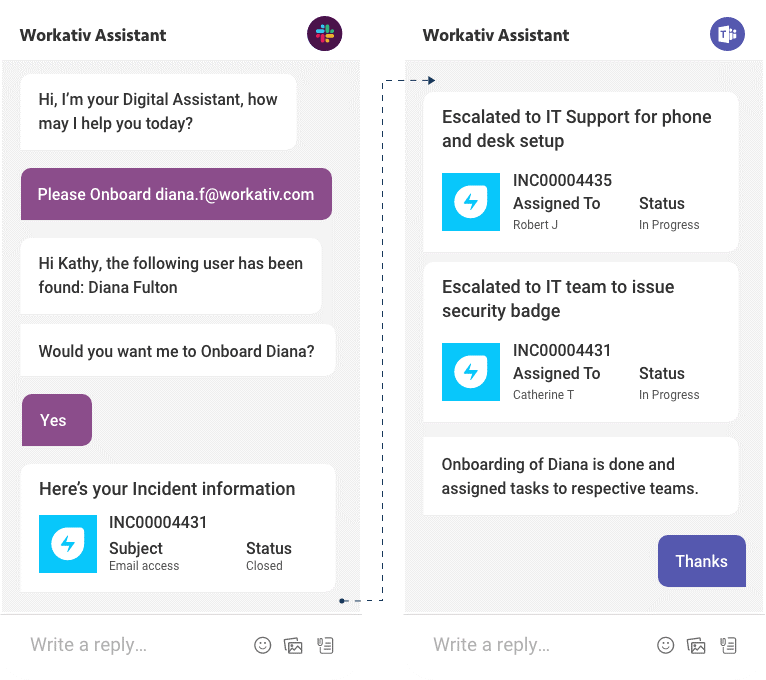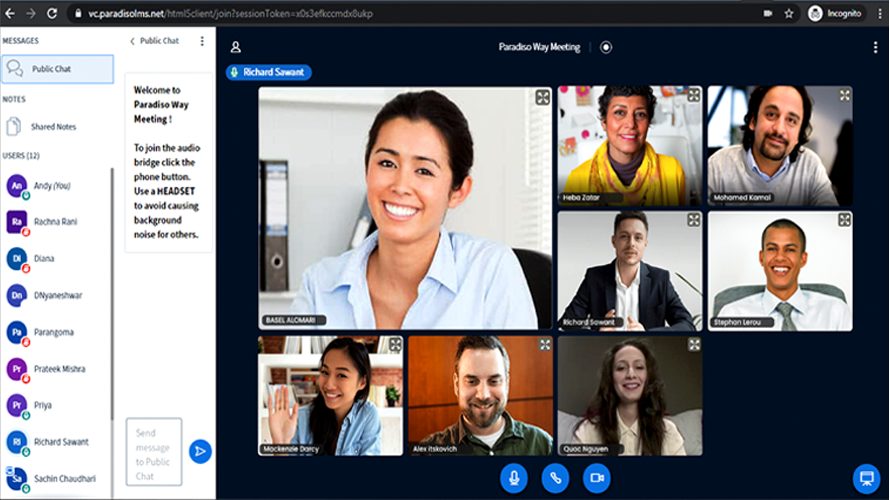Introduction
Owing to COVID-19, there’s no doubt that for many enterprises, virtual working has become a way of usual business–a fact that raises an important question:
“How are businesses hiring new employees in this remote style of working? More importantly, how are they training and setting up employees to rise to the work requirements?”
We have two words for you: virtual onboarding. In fact, even the Harvard Business Review states that in order for organizations to retain talent, they need a consistent and structured onboarding process. Before we jump into the specifics of how to engage in virtual onboarding, let’s understand what it means.
What Is Virtual Onboarding?
Similar to the traditional onboarding process, the virtual onboarding process is quite simply welcoming new employees to your organization’s processes, values, mission, goals, etc., via virtual aka online tools, resources, and other means. This could include webinars, online resources, video conferences, virtual interactive programs/exercises, and so on, which the new hires can access using their desktop/smartphone/tablet. In terms of its wide-spread advantages, here are the top-4 factors to keep in mind:
- Allows you to engage with new employees, irrespective of their geographic location
- Helps you to scale your onboarding process seamlessly and speedily
- Fosters diversification of talent when hiring
- Encourages a culture of flexible and accountability-driven work style
Now that we’ve understood what virtual onboarding is and what its top advantages include, let’s look at the best-practices to keep in mind when onboarding employees virtually and digitizing the onboarding process.













